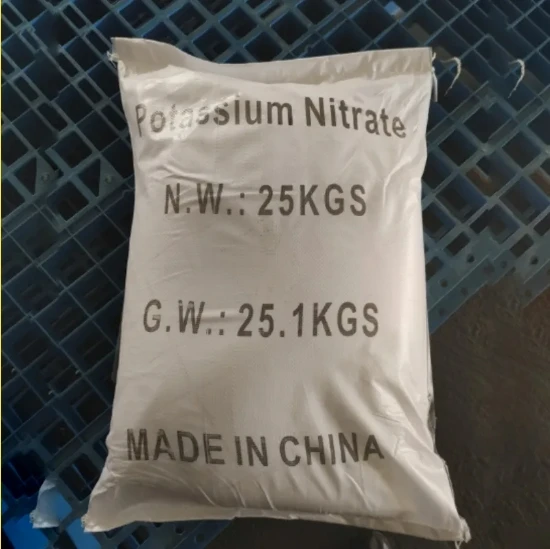
sbr styrene butadiene rubber
Understanding Styrene-Butadiene Rubber (SBR)
Styrene-butadiene rubber, commonly known as SBR, is a synthetic rubber that has become a crucial material in various applications due to its excellent balance of properties. Developed in the 1930s, SBR has since established itself as a versatile and cost-effective alternative to natural rubber. This article will explore the composition, properties, manufacturing process, and applications of SBR while highlighting its significance in today’s industrial landscape.
Composition and Structure
SBR is a copolymer made from two primary monomers styrene and butadiene. The combination of these two monomers results in a polymer that exhibits unique properties of both components. The styrene component contributes to the rubber's strength and resilience, whereas butadiene imparts elasticity and flexibility. The typical ratio of styrene to butadiene can vary, allowing manufacturers to tailor the properties of SBR according to specific requirements. This adaptability makes SBR suitable for a wide range of applications.
Properties of SBR
One of the most notable properties of SBR is its excellent abrasion resistance. This characteristic makes it particularly suitable for applications that involve heavy wear and tear, such as tires and conveyor belts. Additionally, SBR possesses good aging stability, allowing it to maintain its physical properties over time, even when exposed to heat, light, and oxygen.
Understanding Styrene-Butadiene Rubber (SBR)
Manufacturing Process
sbr styrene butadiene rubber

The production of SBR typically involves a polymerization process, where styrene and butadiene are combined in the presence of catalysts in either a batch or continuous process. The method used—such as emulsion polymerization or solution polymerization—can influence the properties of the final product. Emulsion polymerization, for instance, generally results in a more elastic and softer rubber, whereas solution polymerization can yield a rubber with superior strength and toughness.
After polymerization, the rubber is processed and compounded with various additives, including accelerators, antioxidants, and fillers. These additives enhance the performance characteristics and processing properties of the rubber, making it suitable for specific applications. The compounded rubber is then shaped through various techniques, such as molding, extrusion, or calendering, depending on the intended application.
Applications of SBR
SBR finds its primary application in the tire industry, where it is used extensively in car, truck, and bus tires. Its durability, resistance to wear, and ability to provide excellent traction make it a preferred choice for tire manufacturers. Beyond tires, SBR is also used in manufacturing gaskets, seals, and hoses due to its weather resistance and flexibility.
In addition to automotive applications, SBR is prevalent in the consumer goods sector, where it is used to produce footwear, adhesives, and sealants. Its ability to be processed at lower temperatures also opens up opportunities in electronics, where it can be used in insulating materials and as a base for various coatings.
Conclusion
In summary, styrene-butadiene rubber (SBR) stands as a testament to the advancements in synthetic materials. Its unique combination of properties, coupled with its adaptability to diverse industrial needs, has solidified its role in modern manufacturing. As industries continue to evolve and pursue more sustainable practices, SBR's ongoing development and innovation will likely ensure its relevance for years to come. Understanding and harnessing the potential of SBR is essential for achieving both performance and sustainability in countless applications.
-
Understanding Synthetic Rubber OptionsNewsApr.27,2025
-
Trichloroisocyanuric Acid: Essential for Clean and Safe WaterNewsApr.27,2025
-
Sodium Dichloroisocyanurate: Key to Safe Water TreatmentNewsApr.27,2025
-
Sodium Acid Pyrophosphate: Essential in Modern Food ProcessingNewsApr.27,2025
-
Essential Water Treatment ChemicalsNewsApr.27,2025
-
Denatured Alcohol and Its Industrial UsesNewsApr.27,2025
-
The Versatile Uses of Sodium BicarbonateNewsApr.24,2025
Hebei Tenger Chemical Technology Co., Ltd. focuses on the chemical industry and is committed to the export service of chemical raw materials.
-

view more DiethanolisopropanolamineIn the ever-growing field of chemical solutions, diethanolisopropanolamine (DEIPA) stands out as a versatile and important compound. Due to its unique chemical structure and properties, DEIPA is of interest to various industries including construction, personal care, and agriculture. -

view more TriisopropanolamineTriisopropanolamine (TIPA) alkanol amine substance, is a kind of alcohol amine compound with amino and alcohol hydroxyl, and because of its molecules contains both amino and hydroxyl. -

view more Tetramethyl Thiuram DisulfideTetramethyl thiuram disulfide, also known as TMTD, is a white to light-yellow powder with a distinct sulfur-like odor. It is soluble in organic solvents such as benzene, acetone, and ethyl acetate, making it highly versatile for use in different formulations. TMTD is known for its excellent vulcanization acceleration properties, which makes it a key ingredient in the production of rubber products. Additionally, it acts as an effective fungicide and bactericide, making it valuable in agricultural applications. Its high purity and stability ensure consistent performance, making it a preferred choice for manufacturers across various industries.











